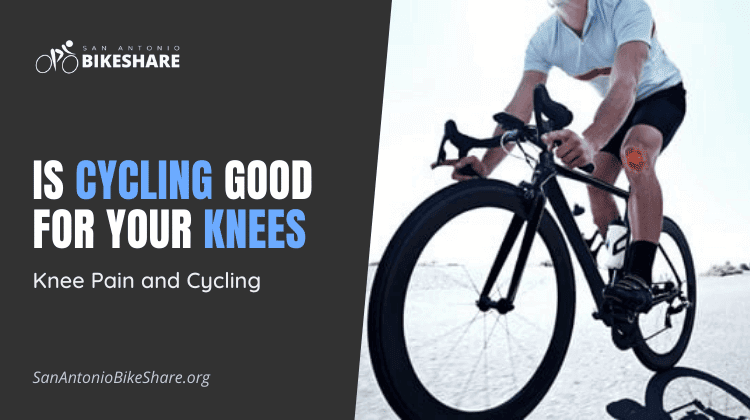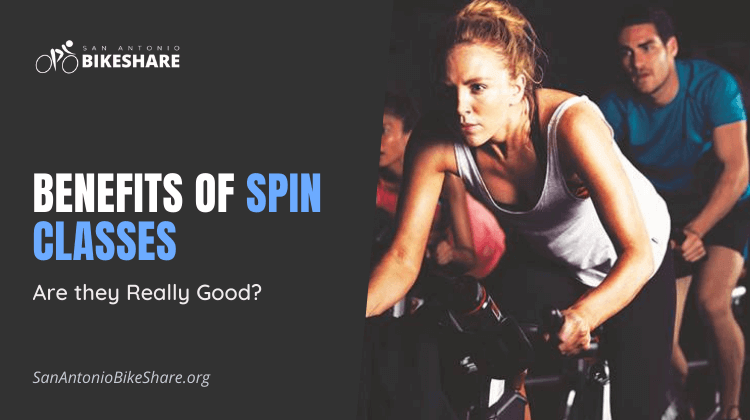Is Cycling Good for Your Knees: Knee Pain and Cycling
Is cycling good or bad for your knees and what is the relation between knee pain and cycling? Let’s explore!
The increased possibility of many cyclists suffering from common maladies, including lower back pain, numb hands and wrists, and, most commonly, knee pain that can progress to osteoarthritis, is a major source of concern among cyclists.
Osteoarthritis is a condition in which the cartilage in the knee degrades over time, causing pain when the bones grind against each other.
This concept has led to the widespread perception that cycling causes chronic knee pain, yet this is not always the case. You’ll need to consider a few factors before determining whether cycling is the cause of your knee pain and osteoarthritis. The truth is that most cyclists, regardless of their skill level, will experience some discomfort or knee pain at some time throughout their ride.
Despite the fact that professional cyclists train harder and travel faster, they also have a team and coach to keep them safe and prevent accidents. A whopping 23% of 116 professional cyclists stated that they were suffering from knee pain in a recent study. This illustrates that knee pain is a common concern for many riders, particularly professional cyclists, but a few minor adjustments could be the difference between a few days of discomfort and a full diagnosis of osteoarthritis in the knees.
If you are looking for answers to the question “Is cycling good for your knees?” You have come to the right place.
Is Cycling Good Or Bad for Your Knees
Is cycling good for your knees? Let’s dig into this question.
Cycling isn’t always bad for one’s knees. While cycling does not cause knee injuries in and of itself, the typical circumstances connected with doing this exercise can cause difficulties if they are ignored. Three of the essential factors are as follows:
1. Inadequate Biking Gear & Fitness
Many motorcyclists do not get their bikes professionally fitted, which might result in erroneous measurements and pain when riding.
Make sure the seat height and setback, crank length, and cleat locations are all suitable for your body type and height, as any deviation might cause knee and lower back pain.
In more technical terms, proper seating positions your knee at a 45-degree angle at the top of your stroke and a slight bend at the bottom.
If you go to a bike shop, they can adjust your gear and offer you some helpful advice, but if you don’t, make sure your pedals are adjusted as well. Make sure your pedals aren’t too distant or too close to the bike frame so you can comfortably position your feet in the center of your cleats.
2. Hereditary & Intrinsic Causes
Genetics, according to a study published by the US National Library of Medicine, can significantly increase your chance of knee pain and more serious joint disorders, including osteoarthritis of the knees.
Certain types of osteoarthritis are linked to heredity, according to the study. Examining your parents and grandparents can help you determine if you’re at risk for this congenital condition, and combining this with excessive cycling might speed the disease’s onset.
Cycling carefully and limiting the time and pressure you put on your knees will help you reverse the condition and get rid of these joint issues for good.
Cycling does not cause serious joint problems on its own, but when you combine your genetic proclivity for the sport with an excessive amount of it, you may have fast degeneration that is difficult to repair.
Other physical characteristics, such as leg length, can exacerbate difficulties in one leg more than the other, leading to more catastrophic injuries than you might expect. Knee problems are evidently caused not just by how your bike but also by your stature and body type.
3. Changes in Cycling Routine Suddenly
Cyclists routinely swap ranges in a matter of weeks, which is one of the most common causes of injury in the cycling world.
Doubling your riding time in a short period of time is a definite way to hurt your knees and cause other health issues.
Instead, progressively increase your rate by riding 5 minutes longer and harder each day. Attempt to ride for 5 minutes, then 10 minutes, gradually increasing your time and stamina.
If you’re training for a specific race, though, you should start months in advance to give yourself ample time to develop your cycling safely and steadily.
You’ll be able to figure in things like intervals and hills, which you may need to add or work on by progressively increasing your cycling.
Allow yourself to ease into the training process, and if possible, enlist the help of a cycling companion. Warm-up before you begin to ensure that your muscles are ready to work.
A Step-by-Step Guide to Getting Rid of Knee Pains While Biking
Despite the fact that the problem is pervasive and nearly inescapable as a result of poor cycling habits and ignorance, it may be solved by implementing the following three important principles and teaching them to new cyclists:
1. Start Out Slowly And Gradually Expand Your Horizons
Obviously, the more you cycle, the faster you’ll want to go. Avoid the temptation to race with experienced cyclists as a novice or to quadruple your time and mileage in a day or two to save your knees.
Pacing yourself, understanding your limits, and working carefully and steadily to improve your craft will help you avoid knee pain in the long run, as well as make you a better cyclist.
2. Stretch And Warm Up Before A Ride
All professional athletes must warm up and stretch before partaking in any activity, and cycling/biking is no exception.
Cycling is still an exercise, and every exercise, whether you’re preparing for an event or just going for a brief ride by yourself, requires warming up.
You can do this by starting slowly and gradually raising your speed to your normal speed.
Before biking, for example, 30 push-ups might be enough.
3. Pay Attention To Your Core When Exercising
This may seem far-fetched, but your core has a lot more to do with preventing cycling injuries, particularly knee problems, than you may imagine.
Because your core is where you start pedaling, the weaker your core is, the more pressure you apply on your feet to keep up a given pace.
As a result of this pressure, more tension is exerted on the knee joints, which can contribute to knee pain over time. In the saddle, your core provides stability by ensuring that your body is performing at all angles to avoid injury. A weak core, on the other hand, puts a greater strain on all other parts of the body to perform.
Conclusion
Is cycling bad for your knees? If all precautions are not taken, and riders are not trained on proper form and structure, as well as bicycle gear, it could be.
Cycling, on the other hand, is good for the knees and can be used to alleviate knee pain and other joint problems if done gradually.
Biking does not pose any serious health hazards if you can make an informed decision based on your body’s needs.







